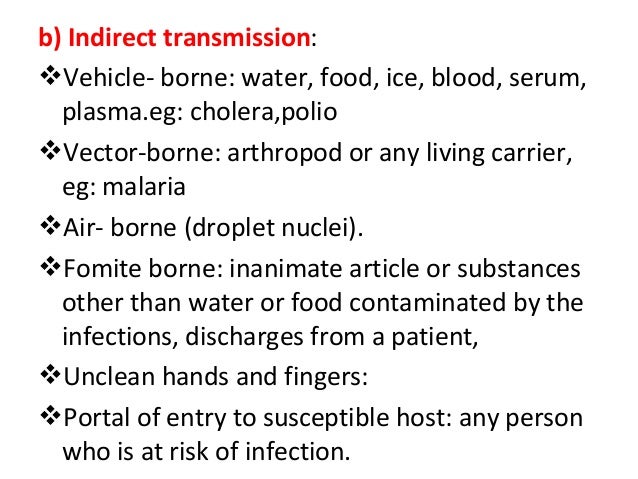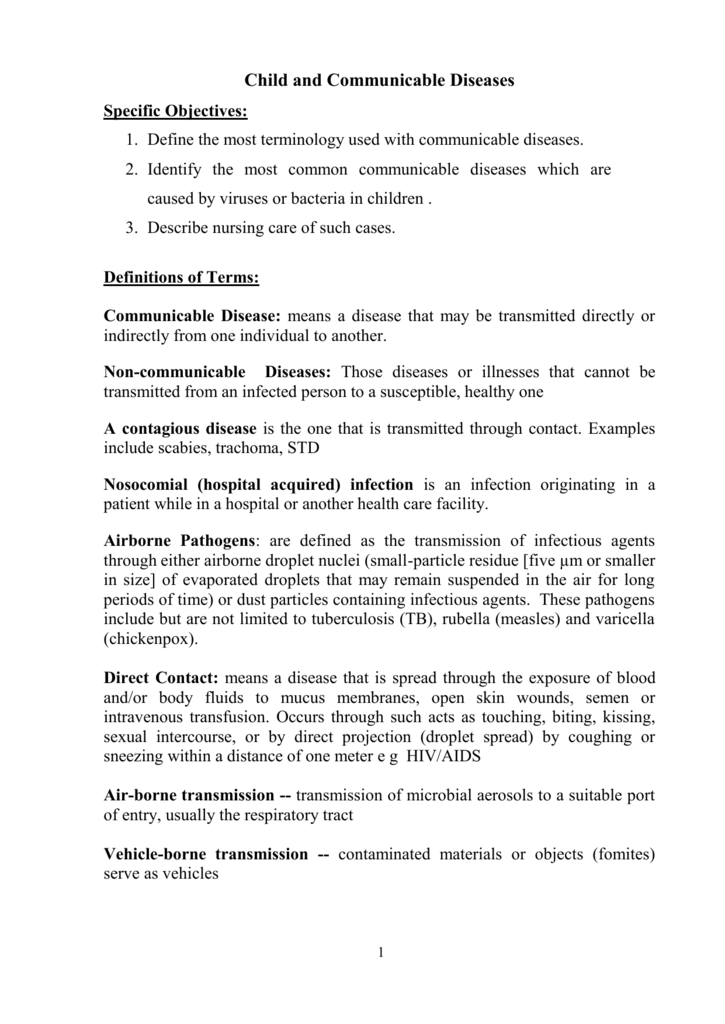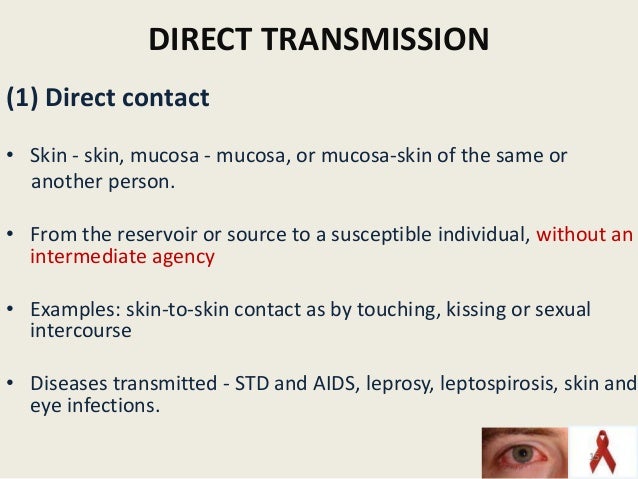- Vehicle Borne Transmissions
- Vehicle And Vector Transmission
- Vehicle Borne Transmission Definition
- Vehicle-borne Transmission Of Disease
- Vehicle-borne Transmission Def
- Transmission is fecal-oral and vehicle-borne. Infection may result from ingesting food or water that has been contaminated with human or animal feces, or from direct exposure to animals or their waste. Intact (uncracked) chicken eggs can be infected transovarially.
- Noun indirect transmission of an infectious agent that occurs when a vehicle (or fomite) touches a person's body or is ingested Want to thank TFD for its existence? Tell a friend about us, add a link to this page, or visit the webmaster's page for free fun content. Link to this page.
- Modes of Transmission Bloodborne pathogens such as HBV, HCV and HIV can be transmitted through contact with infected human blood and other potentially infectious materials (OPIM) as defined below. Blood is defined as human blood, human blood components and products made from human blood.
- Vehicle Transmission: According to Park vehicle transmission implies transmission of the disease agent through the agency of water, ice, milk, food, serum, plasma or other biological products, of these, water is most important vehicle of transmission in many areas of the world because it is used by every one.
| First Incident | Second Incident |
| Third Incident | Epidemiology Defined |
| Epidemiological Studies | Disease Transmission |
| Field Epidemiology |
Disease Transmission
In talking about epidemiology, it is important to review how outbreaks occur. First, we'll look at three commonly used, and often misunderstood, terms: 'epidemic,' 'outbreak,' and 'cluster.' An epidemic is the occurrence of more cases of disease than would normally be expected in a specific place or group of people over a given period of time. To an epidemiologist, 'outbreak' means basically the same thing. In the public's mind, however, 'epidemic' has a far more serious connotation than 'outbreak.' For this reason, 'outbreak' is often used to avoid sensationalism. The third term, 'cluster,' is occasionally used, incorrectly, in place of 'epidemic' or 'outbreak.' A cluster is a group of cases in a specific time and place that may or may not be greater than the expected rate. Often the aim of investigating clusters is to determine the baseline rate of disease for that time and place. Two other terms you will come across are 'endemic,' meaning a high background rate of disease, and 'pandemic,' meaning very widespread, often global, disease.
Direct transmission includes contact with soil or plants as well as contact between people. In indirect transmission, the agent can be airborne, vector borne, or vehicle borne. In airborne transmission, the agent is carried from the source to the host suspended in air particles.
For an outbreak, or epidemic, to occur, the basic elements of disease causation and an adequate chain of transmission must be present. Disease occurs when an outside agent capable of causing the disease meets a host that is vulnerable to the agent in an environment that allows the agent and host to interact. Then, given a chain of transmission from one host to another and a suitable mode of spread, an outbreak can develop. These basic concepts help guide the selection of public health strategies to prevent health problems. Depending on which approach might be most effective, we might direct efforts at the specific agent (e.g., guinea worm), host (e.g., immunization to prevent measles), or environment (e.g., sanitation improvements to prevent salmonella). We can also target a specific point in the chain of transmission. This was the response in the E.coli outbreak in Washington State in the early 1990s, when health officials called for the thorough cooking of hamburgers to interrupt transmission of the bacterium.
To elaborate further, the agent is the entity necessary to cause disease in a susceptible host. Classically, we think of an agent as being biological: a bacterium, parasite, or virus. But an agent can also be a physical force, as in the example of motor vehicle crashes; a chemical, as in an environmental problem; or a nutritional imbalance, as with rickets. Fantastical 2 for mac. When we talk about agents, several characteristics are important to consider:
- Infectivity—the capacity to cause infection in a susceptible host.
- Pathogenicity—the capacity to cause disease in a host.
- Virulence—the severity of disease that the agent causes in the host.
The host is the person, or in a more generic definition, the organism, that is susceptible to the effect of the agent. The status of the host is quite important and is generally classifiable as susceptible, immune, or infected. Finally, and also quite important, is that the host's response to exposure can vary widely, from showing no effect to manifesting subclinical disease, atypical symptoms, straightforward illness, or severe illness.
The environment is the conditions or influences that are not part of either the agent or the host, but that influence their interaction. A wide variety of factors, including physical, climatologic, biologic, social, and economic conditions, can come into play. For instance, in a study of motor vehicle injuries, the agent (mechanical energy) and the host (driver) could be affected by the topography, the weather, and the actions of other drivers. In many infectious disease outbreaks, social and economic conditions cause overcrowding and lead to high levels of exposure.
Vehicle Borne Transmissions
Agent, host, and environment alone are not sufficient to cause an epidemic; an adequate chain of transmission must be present. This process requires a source for the agent, a portal of exit, a mode of transmission, and a portal of entry. The first element, the source for the agent, is often the place where the agent originates, where it lives, grows, and multiplies, but this is not always the case. The agent that causes botulism (Clostridium botulinum), for example, originates in soil, but the source of most botulism infections is improperly canned food containing C. botulinum spores.
The second element, a portal of exit, is a pathway by which the agent can leave the source. This pathway is usually related to the place where the agent is localized. For instance, the agents causing tuberculosis and the flu are released through the respiratory tract, whereas agents for many stomach ailments are released through the digestive tract. Agents found in the blood, such as hepatitis B and HIV, can be released through cuts or needles.
Once the agent leaves the source, a mode of transmission, or means of carrying it to the host, is needed. This can happen in a number of ways, some of which are direct and some indirect. Direct transmission includes contact with soil or plants as well as contact between people. In indirect transmission, the agent can be airborne, vector borne, or vehicle borne. In airborne transmission, the agent is carried from the source to the host suspended in air particles. Vector-borne diseases are transmitted indirectly by a live carrier, usually an arthropod, such as mosquitos, fleas, or ticks. Vehicle-borne diseases are carried by inanimate objects, such as food or water, blood, or items like handkerchiefs, bedding, and surgical instruments. App rd client.
Finally, there must be a pathway into the host, a portal of entry, that gives the agent access to tissue where it can multiply or act. Often the agent enters the host in the same way that it left the source. This is the case with the flu virus, which leaves the source through the respiratory tract and enters a new host through the respiratory tract.
A Few More Words about Field Epidemiology
Vehicle And Vector Transmission
Field epidemiology is, in the most general terms, the practice or application of epidemiology to control and prevent health problems. Epidemiologists are mobilized under a variety of circumstances, prime ones being when a problem is acute and unexpected and when quick action is required. The Legionnaires' disease outbreak in Philadelphia, mentioned at the beginning of this discussion, is an excellent example. These criteria are also met when a commercial product presents an imminent threat to public health and safety, as was the case with L-tryptophan and EMS. High levels of community concern often mandate a quick response. Involvement of the press is occasionally the driving force behind an investigation, and political pressure is also often part of the equation.

Field investigations are action oriented, with the main goal being to solve a pressing public health problem. Uppermost in investigators minds is the need to institute the controls necessary to safeguard health as soon as possible, and often, as in the example of L-tryptophan and EMS, this step is taken before the entire investigation is complete. Limited control over the situation, little time for planning a study, and limited data sources and laboratory samples challenge investigators. However, the obligation remains to do the best science possible under the circumstances.

Unfortunately, the the term 'common vehicle spread' is defined in several very different ways by different authors. We will use the expression to refer to transmission of disease via
- food,
- water,
- drugs,
- blood products, and
- medical devices,
These 'common vehicles' potentially expose many people and can be responsible for widespread transmission. Some authors include airborne transmission in this category.
Water-related Illnesses
The World Health Organization takes a broad view of the potential for water-related illnesses.
Water-related Diseases (from WHO) |
|---|
'Water, sanitation and hygiene have important impacts on both health and disease. Water-related diseases include: Mac os for 7 32 bit.
Water also contributes to health, for example through hygiene.' |

Water is essential to life, but it is also a potential 'common vehicle' for disease. Naturally occurring water has impurities, but as human populations grew and began to establish towns and cities, increasingly contaminated water became a major source of illness and premature death. All public drinking water sources in the United States are regulated by the FDA to ensure quality, although there are cases of contamination occasionally. In many parts of the world, clean water is by no means assured.
The five major classes of disease-causing agents that can be found in water are:

Vehicle Borne Transmission Definition
- Parasites (e.g., Giardia, Cryptosporidia)
- Bacteria (e.g., Cholera, Shigella, E. coli)
- Viruses (e.g., Norwalk virus, hepatitis A)
- Chemical contaminants (e.g., pesticides, heavy metals, organic solvents)
- Neurotoxins from 'algal blooms' (see report of contamination of Toledo, Ohio's water supply in August 2014)
The first three groups of agents often enter water supplies as a result of contamination with human or animal feces. Chemical contaminants are most commonly from man-made pollution, but it can also be naturally-occurring, e.g., arsenic.
Fecal-Oral Transmission
Vehicle-borne Transmission Of Disease
Fecal-oral transmission can occur when bacteria or viruses in the stool of one person are swallowed by another. This can occur whenever there is
- Inadequate sanitation resulting in contamination of water supplies with human feces
- Inadequate procedures in daycare settings, where fecal organisms are commonly found on surfaces and on hands of providers
- Contamination of swimming pools and water parks with human feces
- Failure of food handlers to follow proper procedures: hand washing and wearing of gloves
Note:
- Fecal-oral transmission can also occur during anal sexual contact. This mode of transmission would be considered direct contact rather than common vehicle transmission.
Vehicle-borne Transmission Def
The fecal-oral route can transmit diseases caused by bacteria, viruses, or protozoa.
| Roll over the tabs to see some of the infectious agents in each of these categories. |
Prevention of Fecal-Oral Transmission
- Practice safe food-handling practices.
- Cleanse hands frequently, especially after toileting or diapering and before eating.
- Teach children not to swallow pool water.
- Day Care: Clean or disinfect commonly touched surfaces (doorknobs, faucet handles, shared toys, sleep mats). Diaper-changing surfaces should never be close to food-preparation areas and should be sanitized between uses. Dispose of soiled diapers properly.
- Promote sanitary disposal of human feces.
- Follow proper sanitary procedures for recreational waters.
Contaminated Drugs, Blood, Blood Products, or Medical Devices
Drugs, transfusions of blood or blood products (e.g., clotting factors for hemophiliacs), and medical devices are all considered 'common vehicles,' and contamination of these medical products can cause small or large disease outbreaks. In September 2012, the Centers for Disease Control and Prevention (CDC), in collaboration with state and local health departments and the Food and Drug Administration (FDA) , began investigating a multistate outbreak of fungal meningitis and other infections among patients who received contaminated methylprednisolone (an anti-inflammatory steroid) injections. The investigation began when Vanderbilt University contacted the Tennessee Department of Health to report a patient with fungal meningitis after receiving an injection of methylprednisolone. The methlyprednisolone had been prepared at the New England Compounding Center, and three lots of the drug were believed to have been contaminated. The contaminated drugs had been shipped to 75 medical facilities in 23 states, and doses had been administered to approximately 14,000 patients. The contaminated lots were recalled, and hospitals were notified, but as of March 10, 2013, 48 people had died, and 720 were being treated for persistent fungal infections.
return to top | previous page | next page
